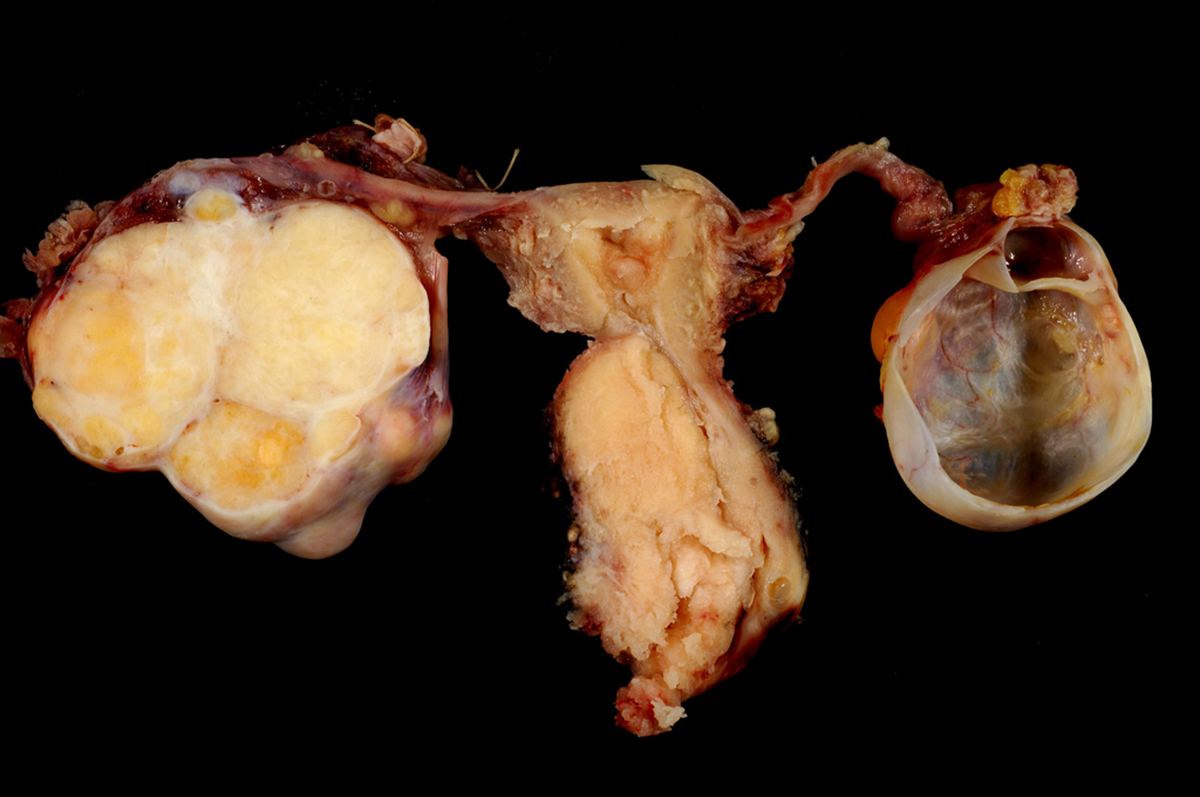
Cervical cancer was one of the major causes of death related to cancer almost to the beginning of the 1990s. By recommending regular Pap smears, doctors significantly decrease the number of deaths caused by cervical cancer. Regular Pap smears can prevent cervical cancer in almost all cases.
What Causes Cervical Cancer
The most common cause of cervical cancer is Human Papillomavirus or HPV. This viral infection has proven to be necessary for the development of cervical cancer, but there are still several more factors which can contribute, such as smoking, stress, birth control pills, multiple pregnancies, or infections with Chlamydia or HIV. People using diethylstilbestrol (DES) and those who have family members suffering from this disease are also considered to be at higher risk of developing cervical cancer. It is estimated that about 80% of sexually active people around the world are infected with HPV but most of them have no symptoms at all. Just in the US more than 6 million of people get infected with HPV. Both men and women are equally exposed to this infection, but some 10% of the women develop the changes of the cervical lining which may lead to cervical cancer.
Symptoms and Subtypes
Early stages of cervical cancer might pass without any symptoms whatsoever. Some patients might experience painful sensations during the intercourse, while others reported vaginal bleeding or vaginal discharge. There is also a possibility to experience tiredness, weight loss, poor appetite, swollen leg, bone fractures or pain in the back, pelvis or in the leg. If the cancer metastasized it can be found in the lungs or abdominal cavity or some other part of the body.
There are several subtypes of cervical cancer. The most common is squamous cell carcinoma, and more than 80% of cervical cancer is this type. Then, there are also: adenocarcinoma, adenosquamous, small cell and neuroendocrine carcinomas. Rarely, cervical changes may be non-carcinogenous, and they include: lymphoma and melanoma.
Staging and Prognosis of Cervical Cancer
This type of cancer may have 4 stages and some sub-stages. If cervical cancer gets detected in the IA stage, the prognosis is good. This is very early stage, and some 95% of patients survive surgical treatment and live for at least 5 years. Cancer in stage IB is usually treated with surgery, chemo and radiation therapies. 80 to 90% of these patients survive for 5 years.
Stage II of the cervical cancer has spread to the tissue surrounding the uterus. The treatment is the same as for the stage IB, but five-year survival rate is about 65 to 69%.
Stage III cervical cancer has spread even further and may have affected the kidneys. Chemotherapy and radiation are treatment options, and some 40% of the patients survive for 5 years after the diagnosis.
Stage IV is considered the last stage cervical cancer, when the cancer metastasized to other parts of the body. Treatments are usually radiation and chemotherapies, and 15 to 20% of the patients are expected to live for 5 years of more.




_f_280x120.jpg)












Your thoughts on this
Loading...